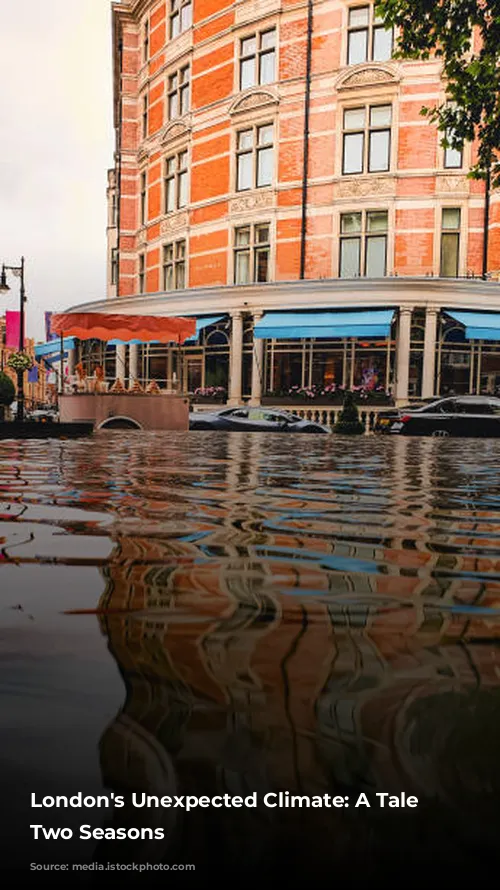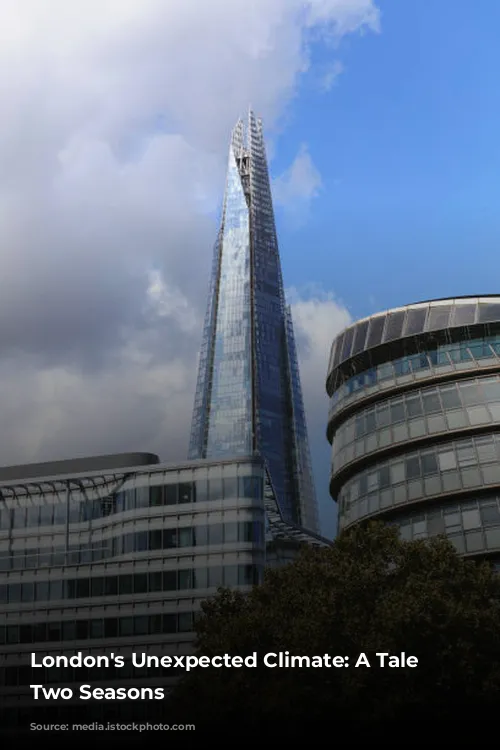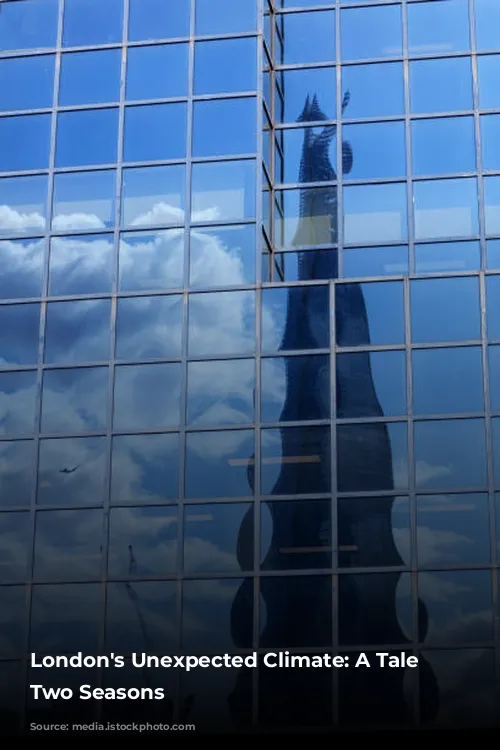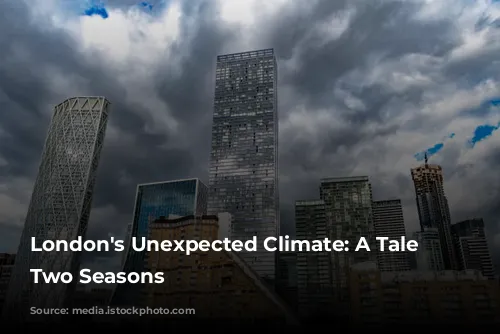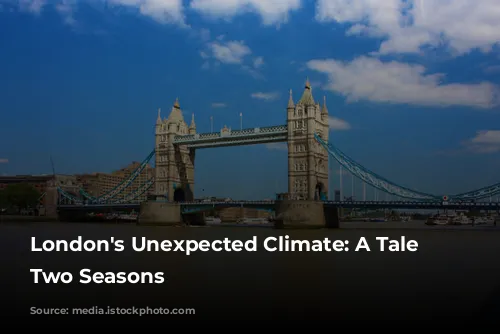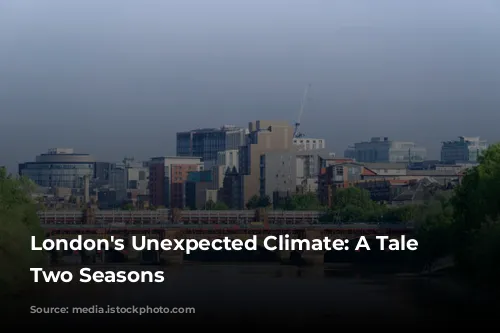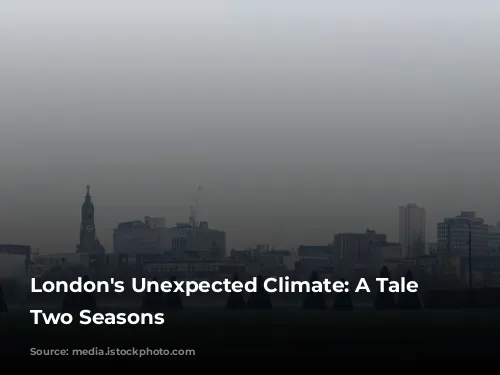London, despite its northerly location, boasts a surprisingly temperate climate. This is thanks to the warm Gulf Stream, a powerful current that carries tropical waters from the Caribbean towards Western Europe, making the British Isles significantly warmer than their latitude suggests. This warmth means that London seldom experiences extreme cold in the winter or oppressive heat in the summer.
London’s Days of Darkness and Light
London’s unique location, however, does affect daylight hours. The short winter days can be challenging for those accustomed to longer daylight hours, with sunrise occurring around 8am and sunset before 4pm. This shift in daylight can be particularly striking in late October when the clocks go back, ushering in the shorter days of winter.
Summer days in London, on the other hand, can be surprisingly long, with the sun rising as early as 4am and setting around 9:20pm in June. This can make it hard to adjust to the early morning light and can make it difficult to get children to bed in the early evening. To cope with the early morning sunshine, many Londoners rely on blackout curtains, which also offer added insulation during the colder months.

London’s Rainy Days
Rain in London is a year-round affair. While the annual rainfall isn’t excessively high, it does seem to fall with remarkable consistency, often in the form of a gentle drizzle. A small umbrella or a waterproof jacket is a must-have for Londoners, especially during the winter months. While thunderstorms can occasionally occur, most rain in London is relatively light.
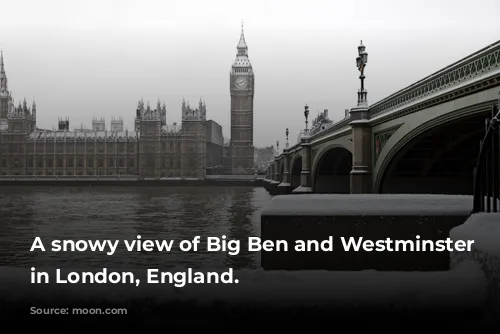
London’s Snow Days: A Rare and Disruptive Event
Snow is a much less frequent occurrence in London compared to other areas of the United Kingdom. The city’s heat generated by buildings and cars usually prevents temperatures from dropping low enough for snow to settle. However, when it does snow, the entire city can grind to a halt, with disruptions to public transportation, particularly the Underground and train services.
Traffic is particularly susceptible to snowy conditions. The infrequent occurrence of snow means that many drivers are unfamiliar with driving on slick roads, often leading to accidents and significant congestion. This was vividly illustrated during a recent snowstorm when it took over two hours to escape a shopping mall’s parking lot. The combination of unprepared drivers, slow road clearing efforts, and challenging terrain resulted in chaos and delays for everyone.
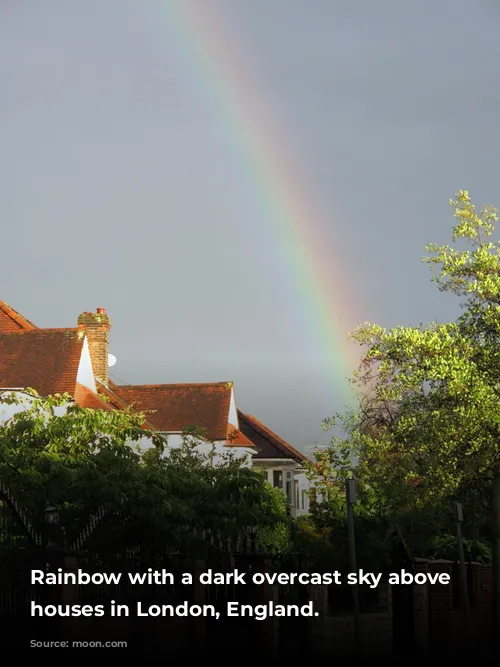
London’s Temperate Summers
London’s summers, while not oppressive, can be pleasantly warm, with temperatures reaching into the low 80s Fahrenheit on occasion. Londoners tend to enjoy the sunshine by heading to the parks for outdoor activities. However, air conditioning is not as common in London homes as in other parts of the world, making it a challenge to stay cool during the hottest days. Thankfully, these hot spells are usually short-lived, lasting only a week or two. London’s summers are often described as damp, which can be a welcome relief from the intense heat experienced in other parts of the world.
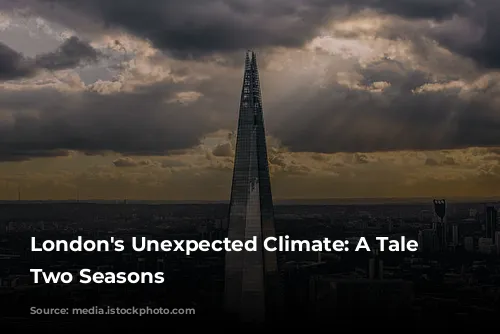
Is London’s Climate Changing?
The weather patterns in Britain have shown signs of change in recent years, with a shift towards colder winters and wetter conditions. While this may be part of the long-term weather cycles in Northern Europe, there is growing concern that it could be a sign of climate change. If this is the case, London will need to adapt and prepare for more frequent and intense weather events.
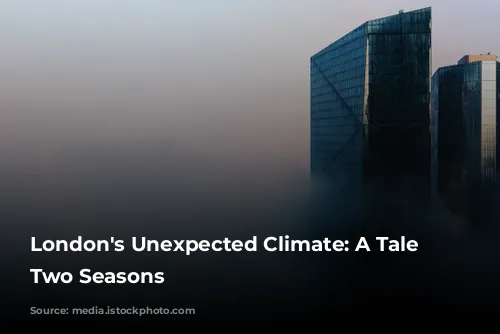
London’s Weather: A Blend of Temperate Charm and Unexpected Challenges
In conclusion, London’s climate offers a delightful balance of temperate warmth and unexpected challenges. The warm Gulf Stream provides a relatively mild climate, while the city’s location in the northern hemisphere influences the length of daylight hours. While rain is a regular occurrence throughout the year, snow is a rare and disruptive event. London’s summers are pleasantly warm, offering opportunities for outdoor activities, but the lack of air conditioning can make hot days uncomfortable. As the climate continues to evolve, London will need to adapt and prepare for the potential impacts of changing weather patterns.
